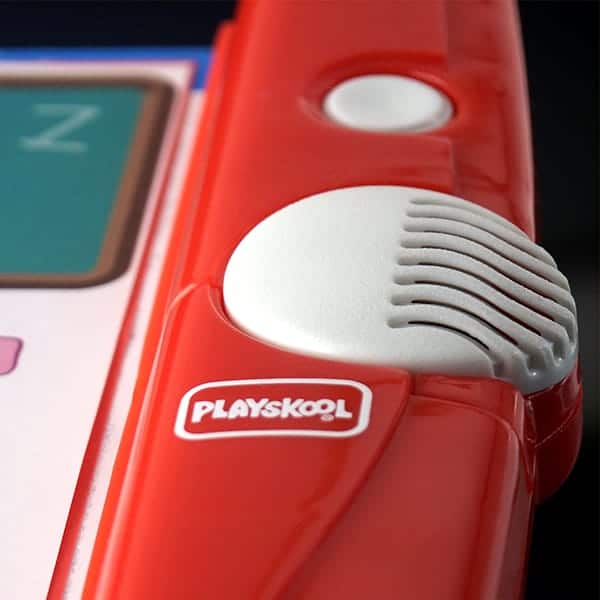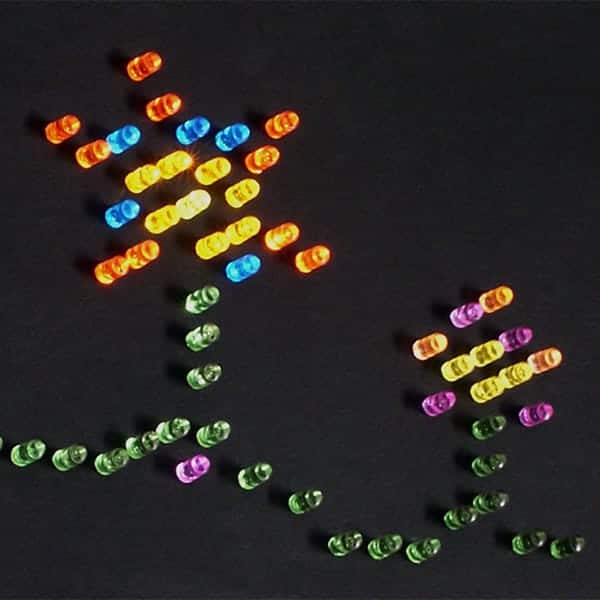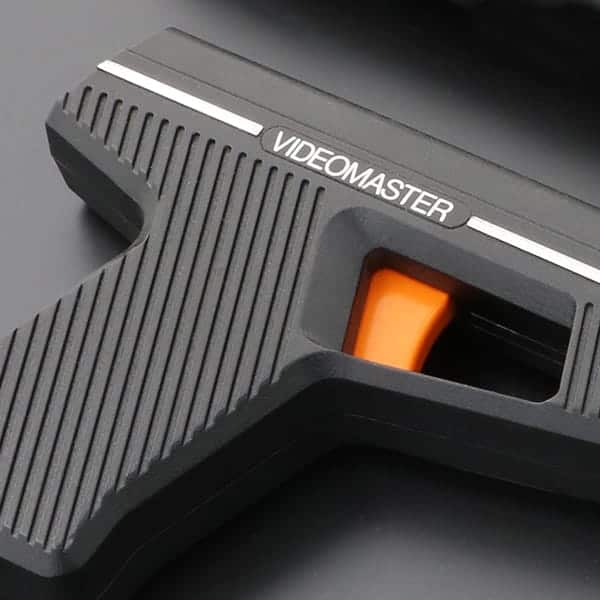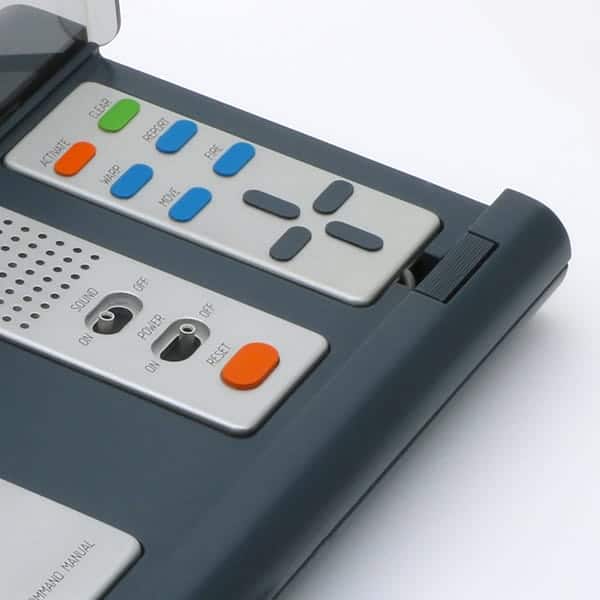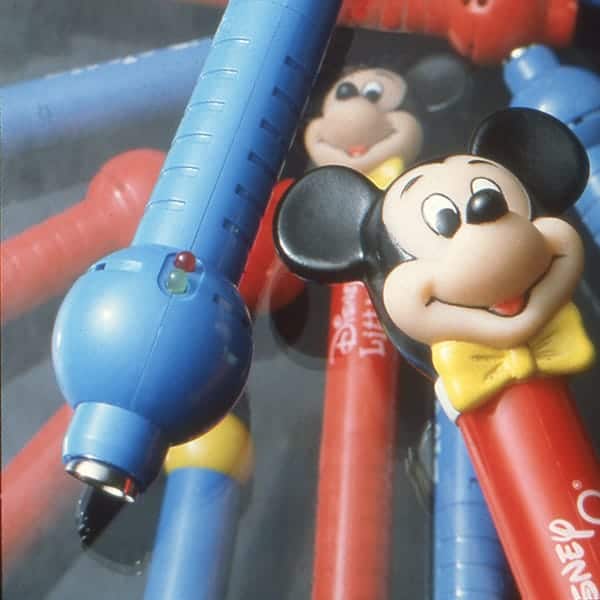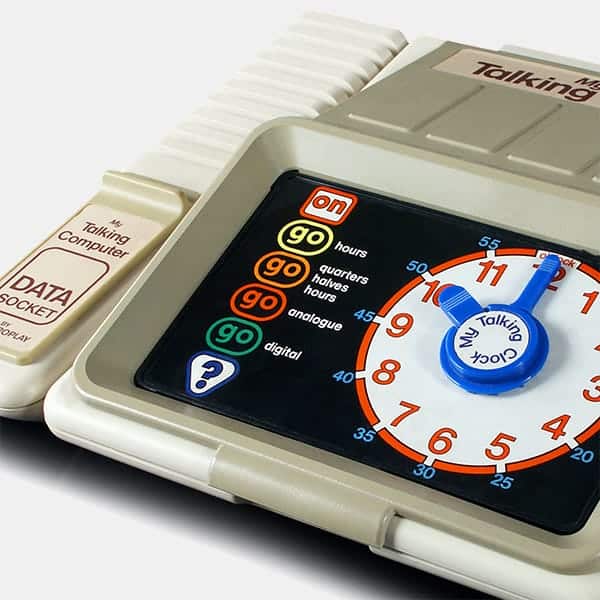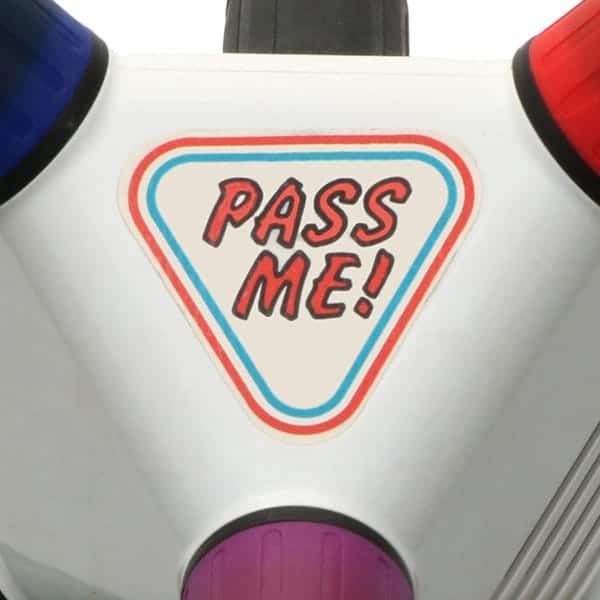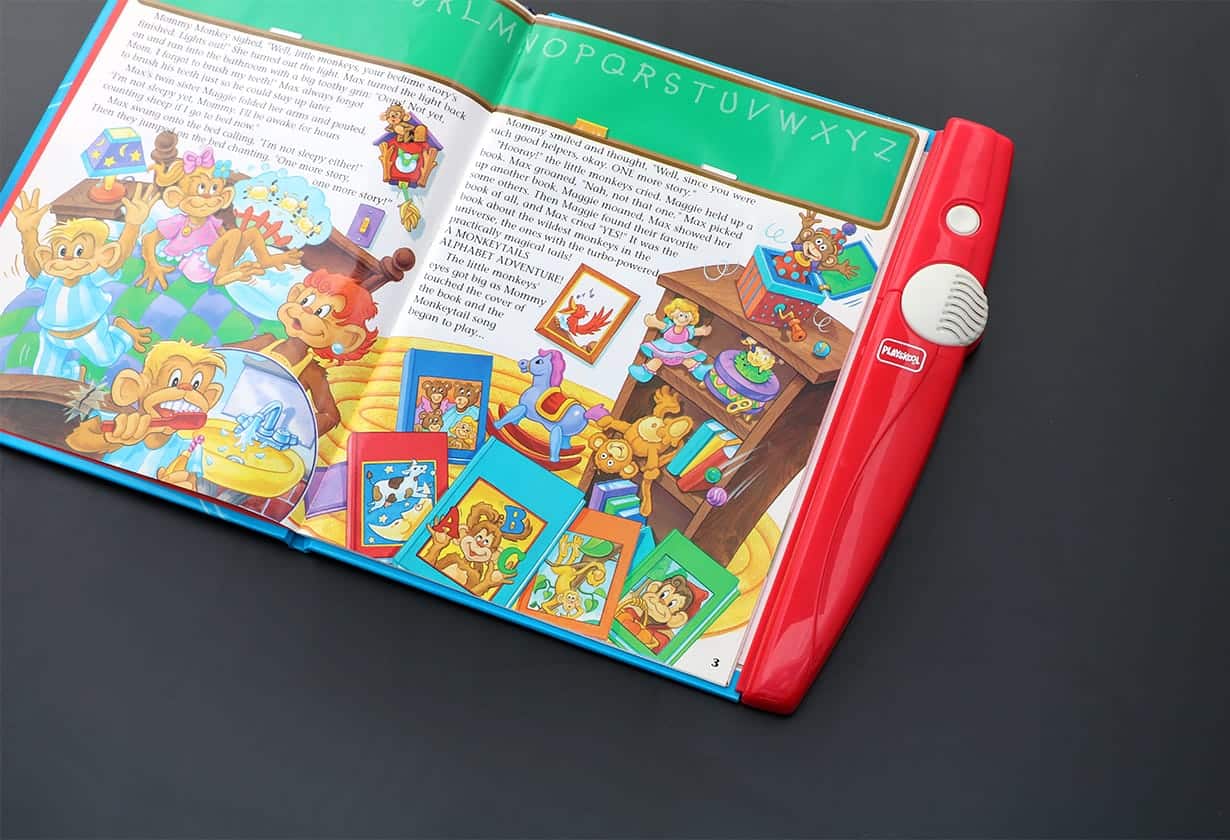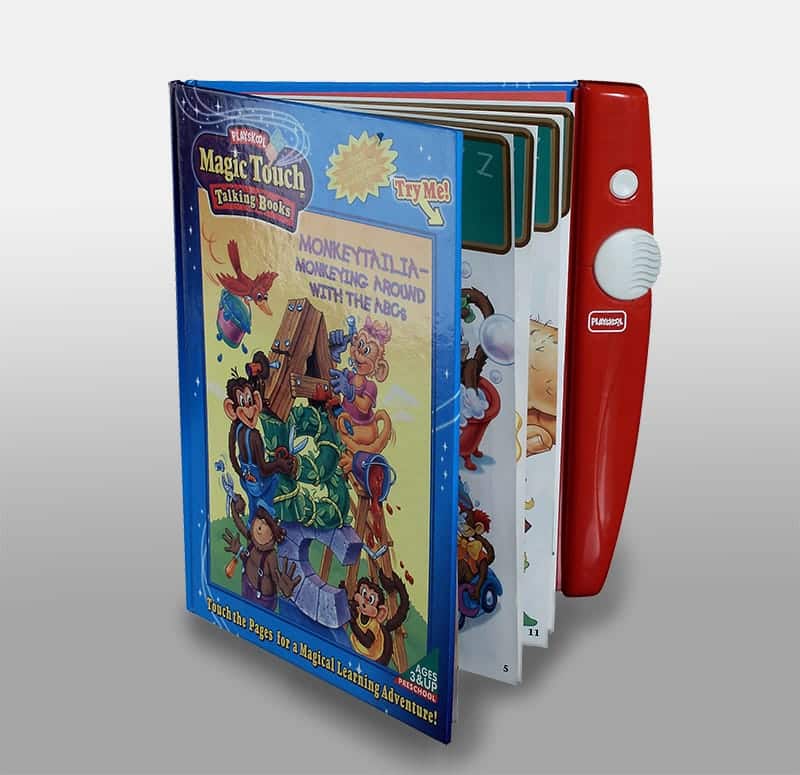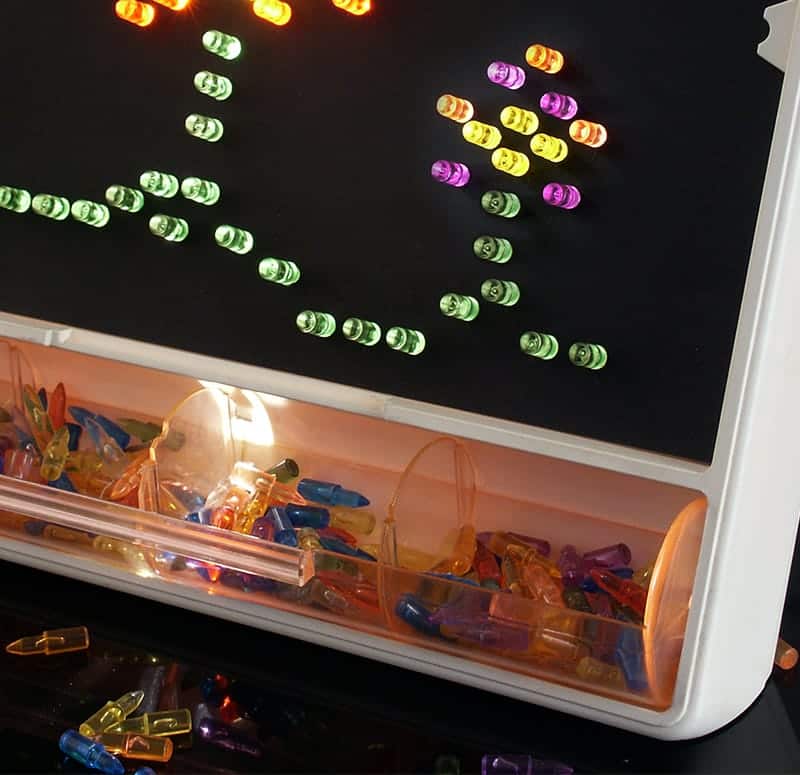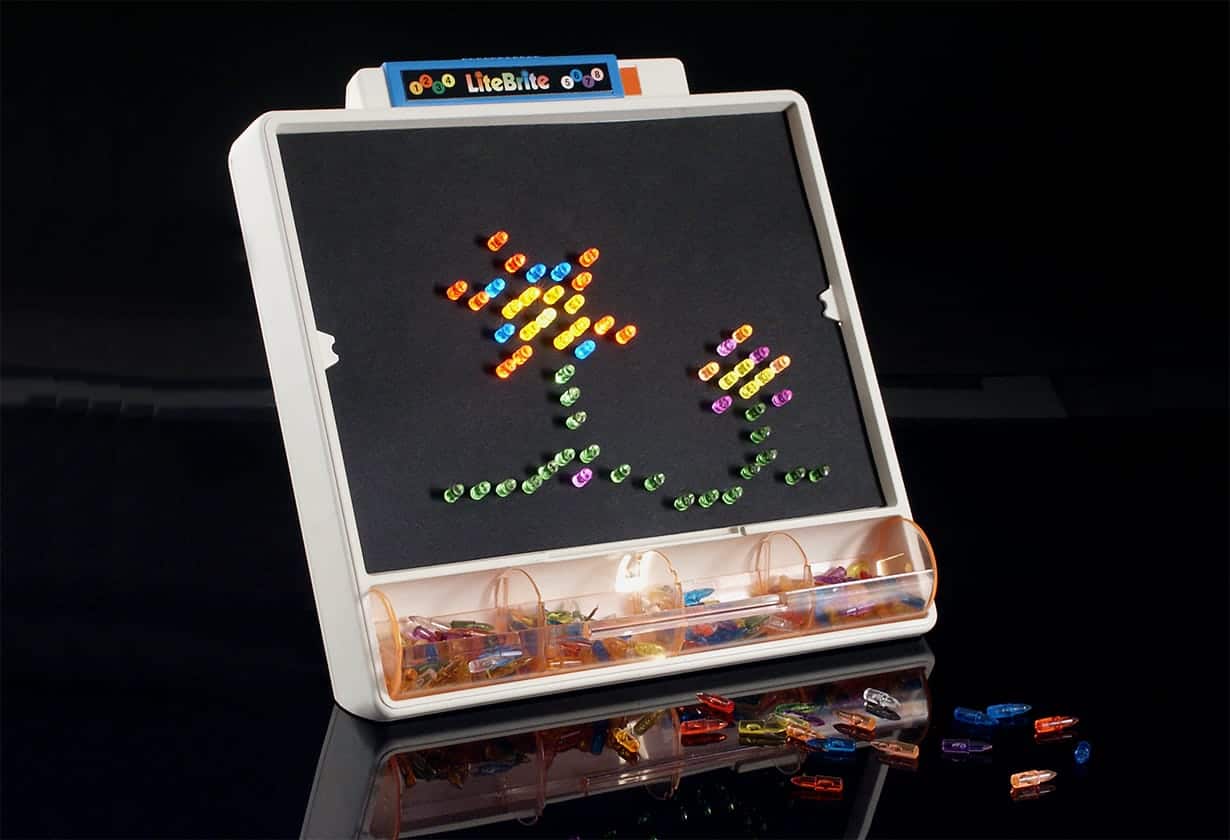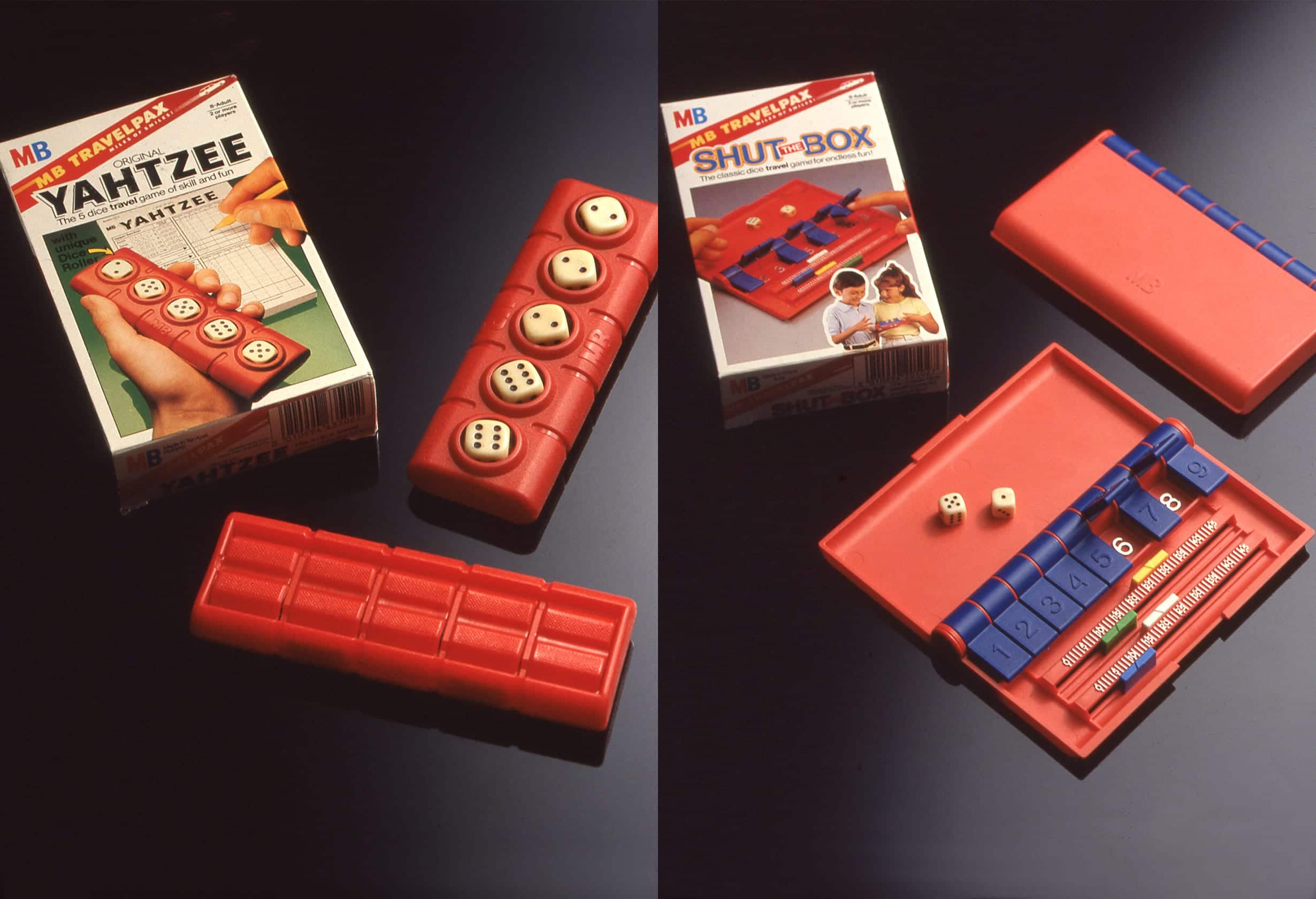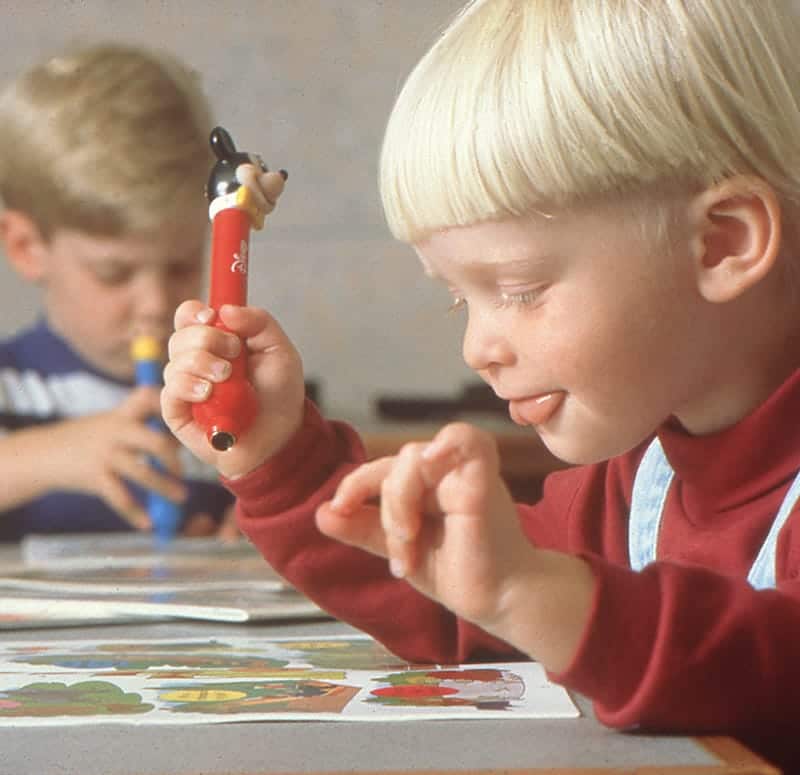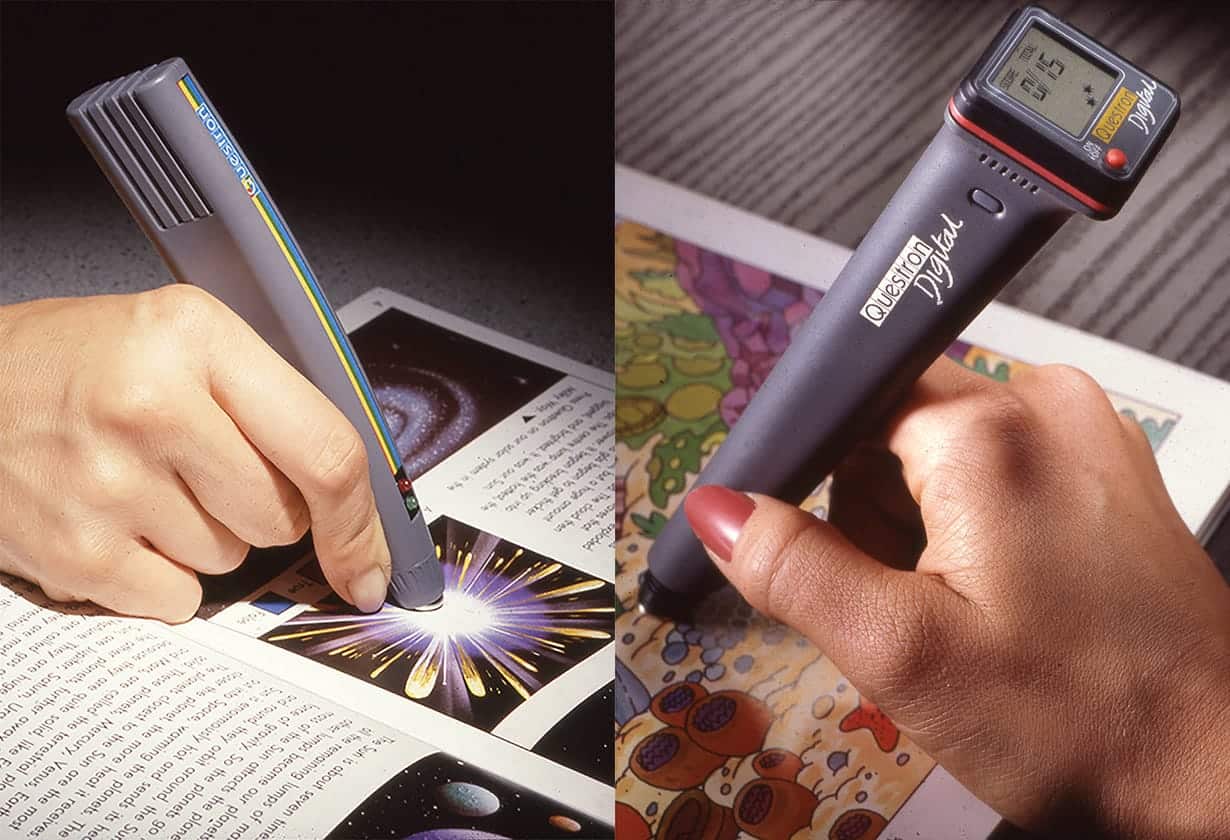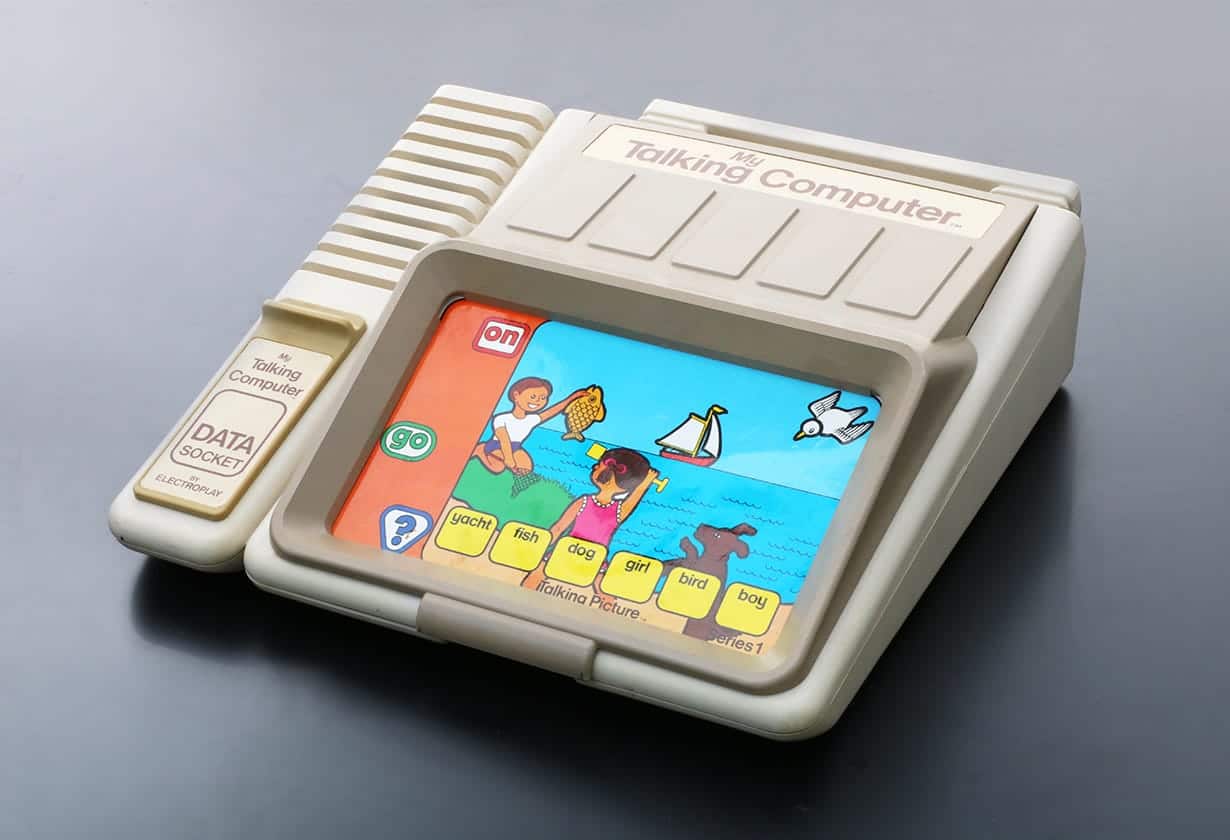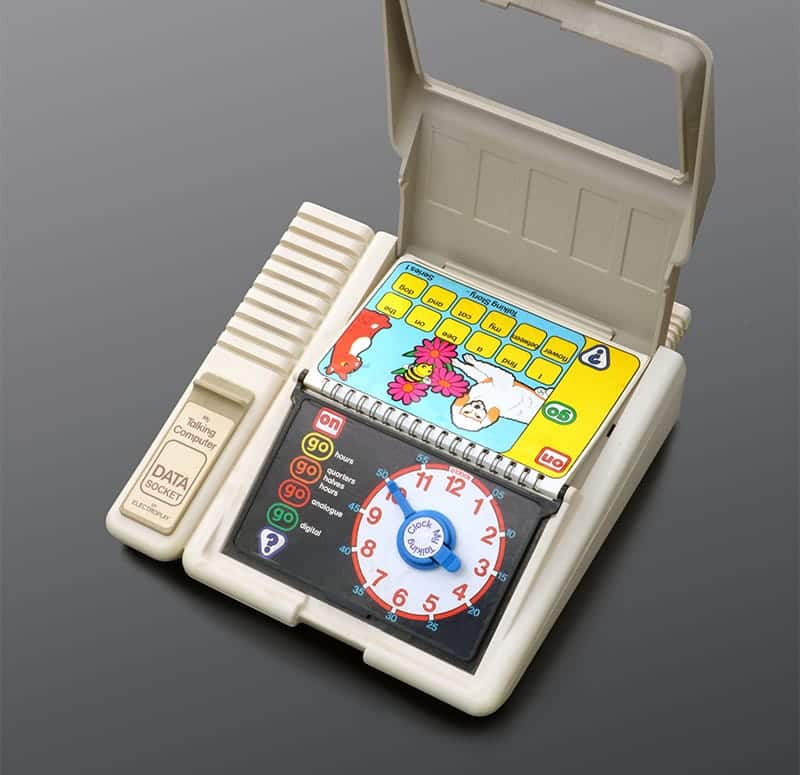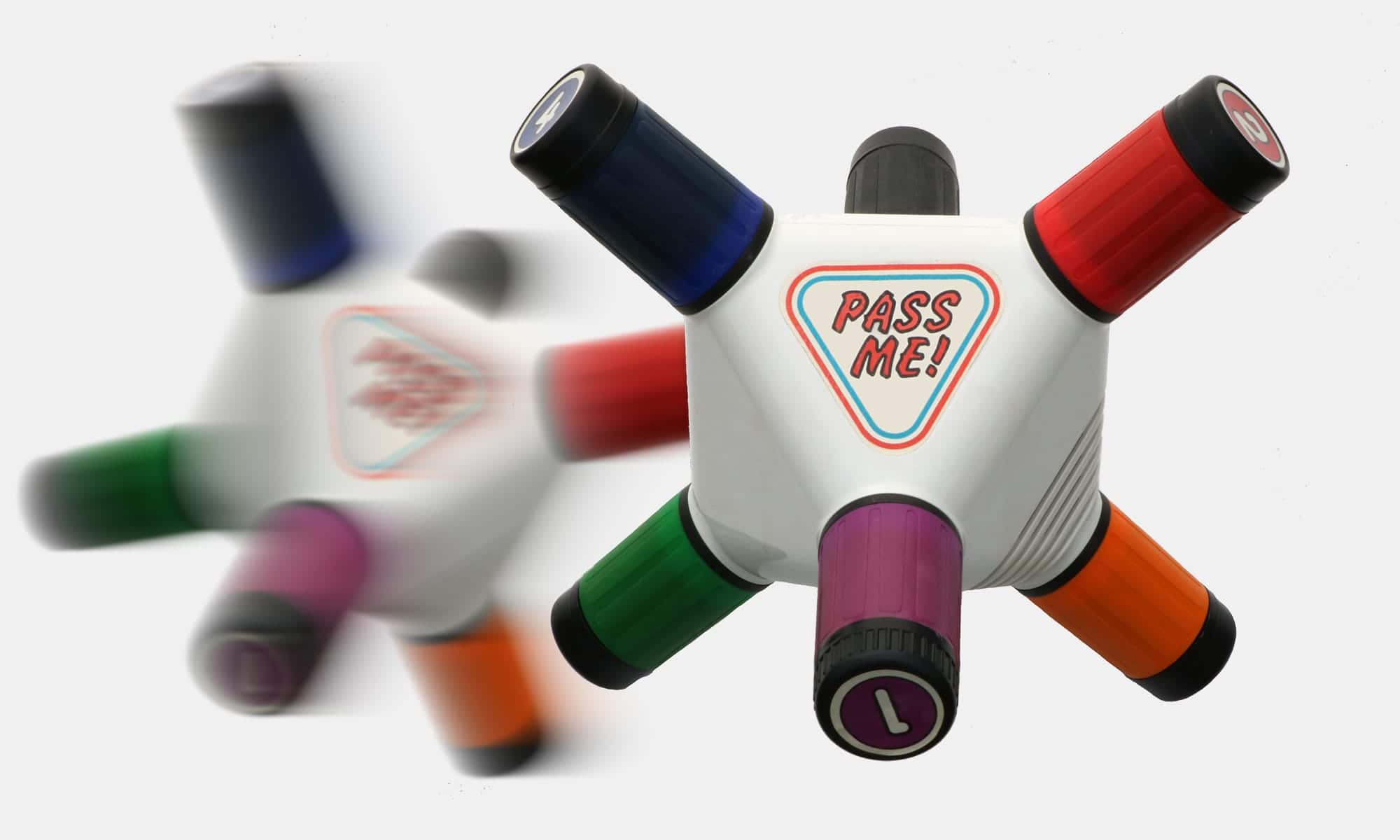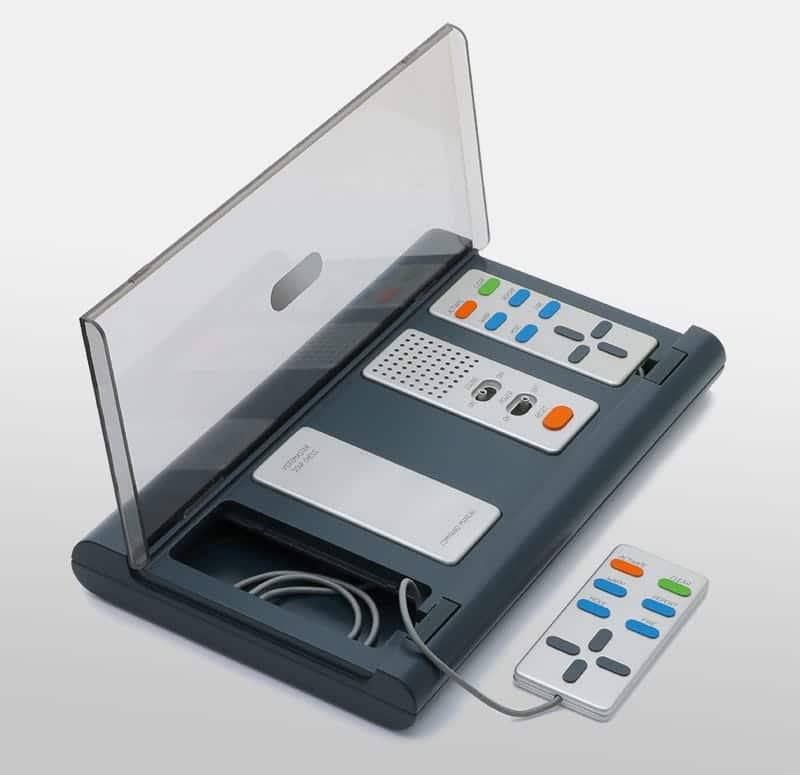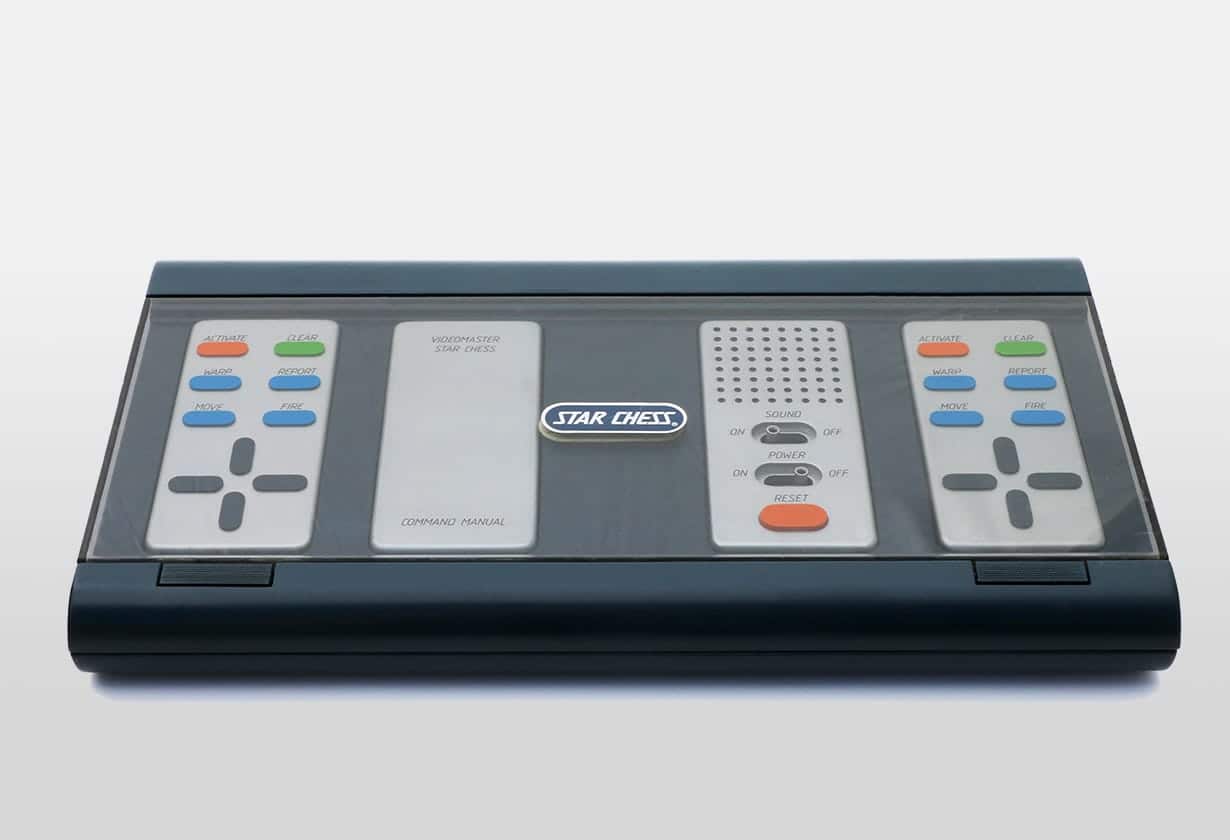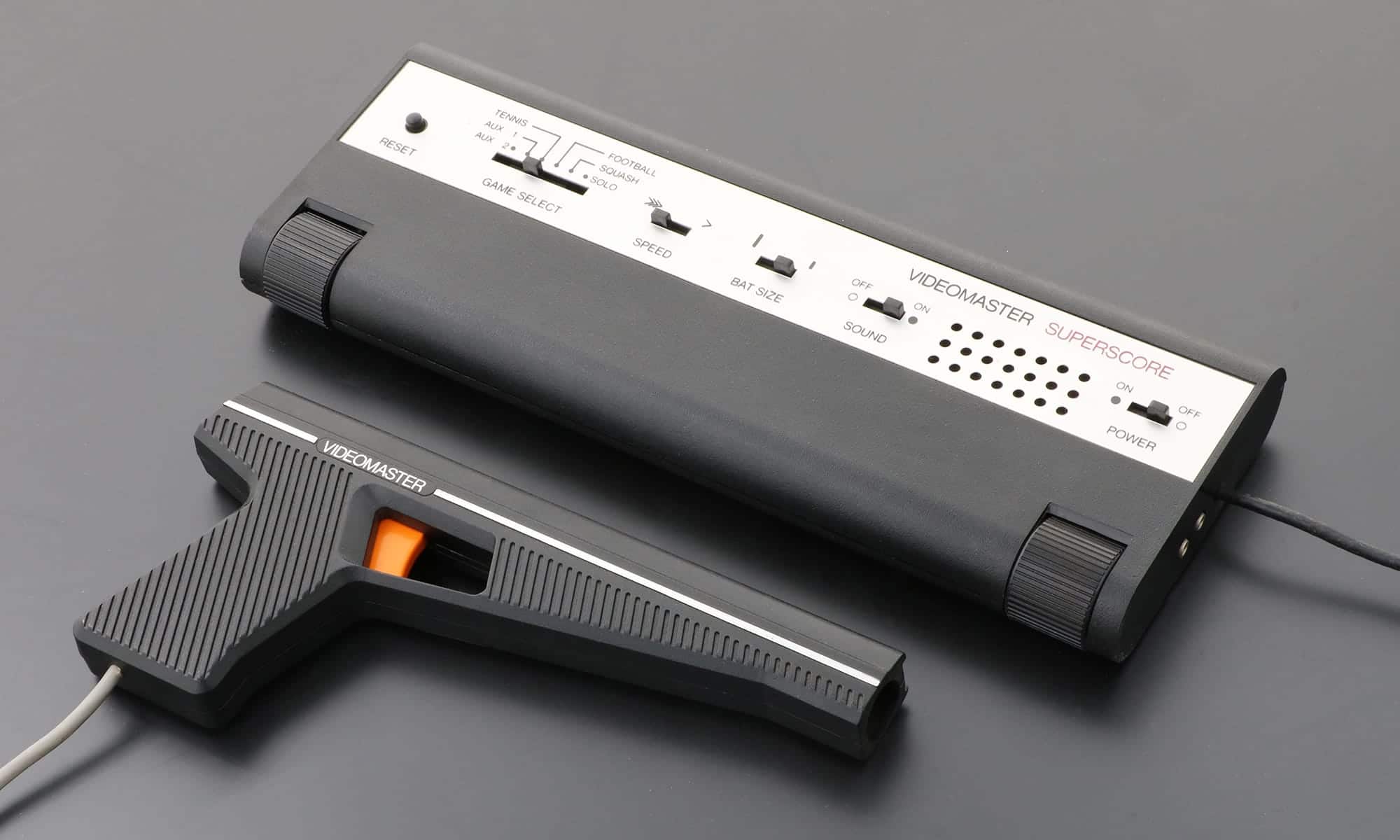Toys & Games
design for play
Design for toys & games is both fun and a serious business, where new ideas are the lifeblood of the fast moving toy and games industry.
The toy designer must have empathy and insights about how children of different ages learn and play, together with the creative ability to develop toy & game concepts, that are both innovative and marketable.
The design development team also needs to specify and manage the manufacturing process with local or offshore sourcing, while meeting demanding toy safety standards and product quality.
In addition to the design of toys and games for leading brands, Frazer helped pioneer early TV games with Videomaster and the invention of the Questron electronic learning books.

